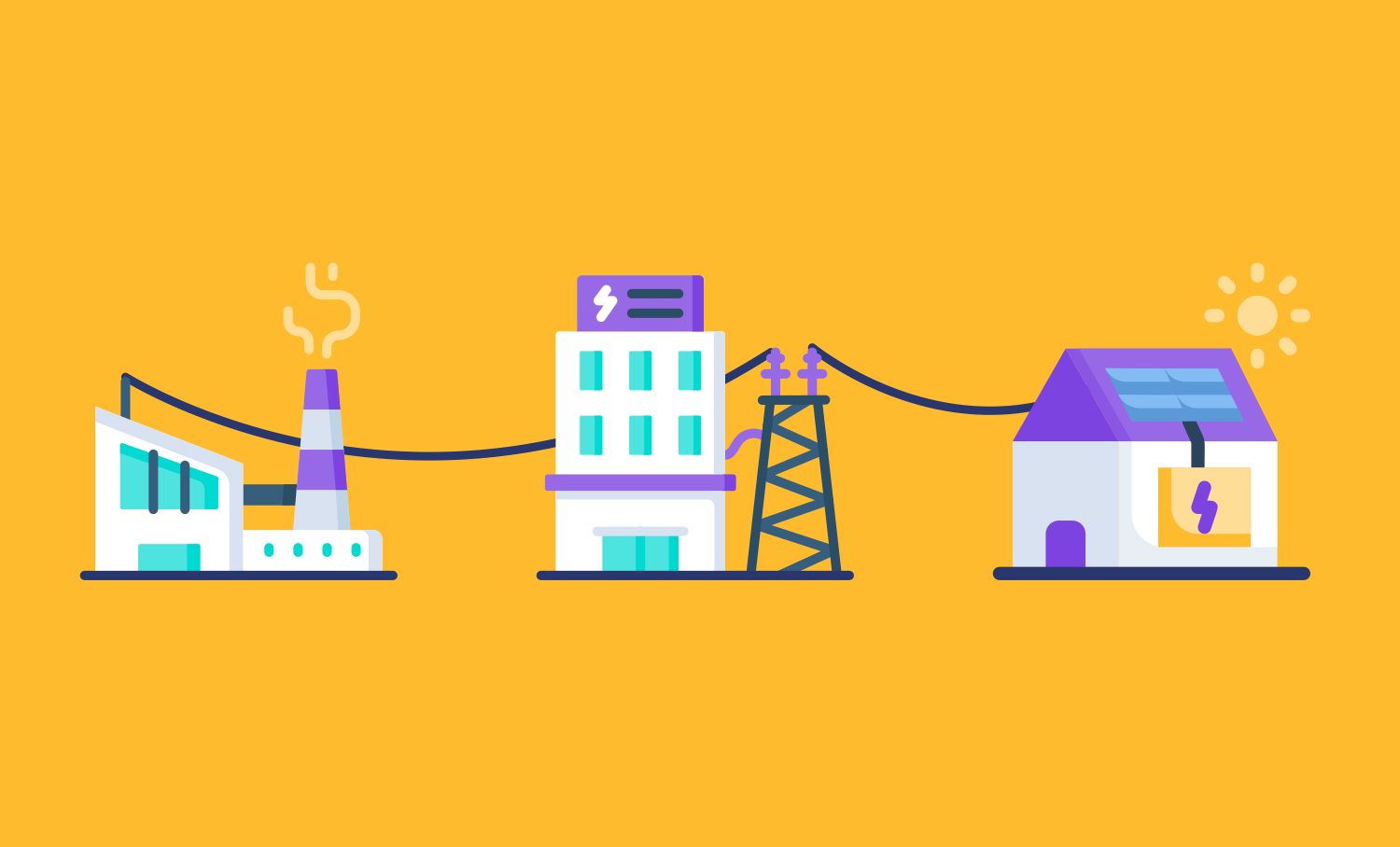The Importance of Energy Data Transparency
The Importance of Energy Data Transparency. How data can help you understand your energy use.

How data can help you understand your energy use.
Data as we know is the key to making informed decisions. This rings especially true when it comes to energy, energy use and carbon. Understanding your energy use and the elements around this should lead to both reduced costs and a positive impact on the environment.
The ‘Electricity Directive’ is one act within the EU’s Clean Energy Package. This Directive sets rules for the generation, transmission, distribution, supply and storage of electricity. It increases consumer choice by also including consumer empowerment and protection aspects. The Directive was required to be applied across the EU from January 2021.

A key element of the Electricity Directive is to prescribe legislation that will empower consumer participation in the electricity market. How does the act encourage this participation?
It does so by introducing articles that ensure more information is offered to the general public regarding:
· self-generation,
· buying of electricity,
· selling of electricity.
This includes aspects such as the provision of more information to the consumer on issues such as smart meters and other initiatives to enable informed decisions about their market participation.
Furthermore, the Directive requires that more information is to be available on consumer contracts and energy bills. It also states that consumers must be provided with accurate price comparison tools which will enable informed switching decisions. These options will give the consumer more power in deciding how and where they obtain their electricity.

EnergyElephant can also help on this front. By uploading your energy bills to the platform, our data audit tool can help you to identify any gaps or discrepancies in your bills or data. For example, if you are being billed twice for the same meter point during supplier switching or perhaps you are missing some bills altogether. Having a complete dataset allows you to interpret and track the entirety of your organisation’s energy use and associated carbon footprint.
For background, on where this focus on energy data transparency came from, we must look back to late 2018 and 2019, when the EU adopted a series of eight legislative acts. These acts are referred to as the Clean Energy Package (CEP), mentioned above. Each of the eight acts are to be applied in each Member State across the EU at various times. Two of these acts, referred to as ‘The Energy Directive’ and ‘The Renewables Directive, are key in ensuring data transparency and wider energy market participation across the EU.
The overall aim of the acts within the Clean Energy Package is to facilitate a transition in the EU towards cleaner energy. This will help in achieving a proposed 55% (originally 40%) reduction in greenhouse gas emission levels by 2030, compared to 1990. To do this, European countries will need to switch from finite energy sources such as gas and coal to renewable sources. These include solar energy, wind energy and other natural resources.
These national level targets can only be met when individual organisations take their energy use and efficiency into their own hands. Many EnergyElephant users find the range of tools across the platform helpful in aiding them to understand their energy use. The platform allows users to monitor their energy on a building by building or vehicle by vehicle basis, attributing specific meter points to each building or vehicle. This then helps organisations in identifying where the energy use is highest and how to mitigate this.
Mitigating these issues include the goal mentioned above, of switching from finite/fossil to renewable sources. This can be done through an array of target setting endeavours, suited to your organisation’s individual needs. Core level data is imperative in making informed and impactful decisions. By understanding your energy use, your organisation can make the changes to become increasingly energy efficient, this will have both a major impact on the energy future of the EU, and a wider global scale.
It all starts and ends with data, so make sure you can interpret yours!